Applications of VR in Training and Simulations: Beyond Fun
Defining VR (Virtual Reality) and its Growth
Virtual Reality, or VR, is a cutting-edge technology that immerses users in interactive, computer-generated 3D environments. Its journey from the pages of science fiction to tangible applications in diverse industries is nothing short of extraordinary. VR comprises a wide spectrum of technologies and applications, all designed to transport users to alternate worlds, whether for entertainment, training, or other purposes.
The Evolution of VR in Training and Simulations
The use of VR in training and simulations has a rich history. From its inception, primarily in flight simulations, to today’s highly advanced, multi-sensory training systems, the evolution of VR in this realm is a testament to human innovation and the thirst for more immersive learning experiences.
Benefits of VR in Training
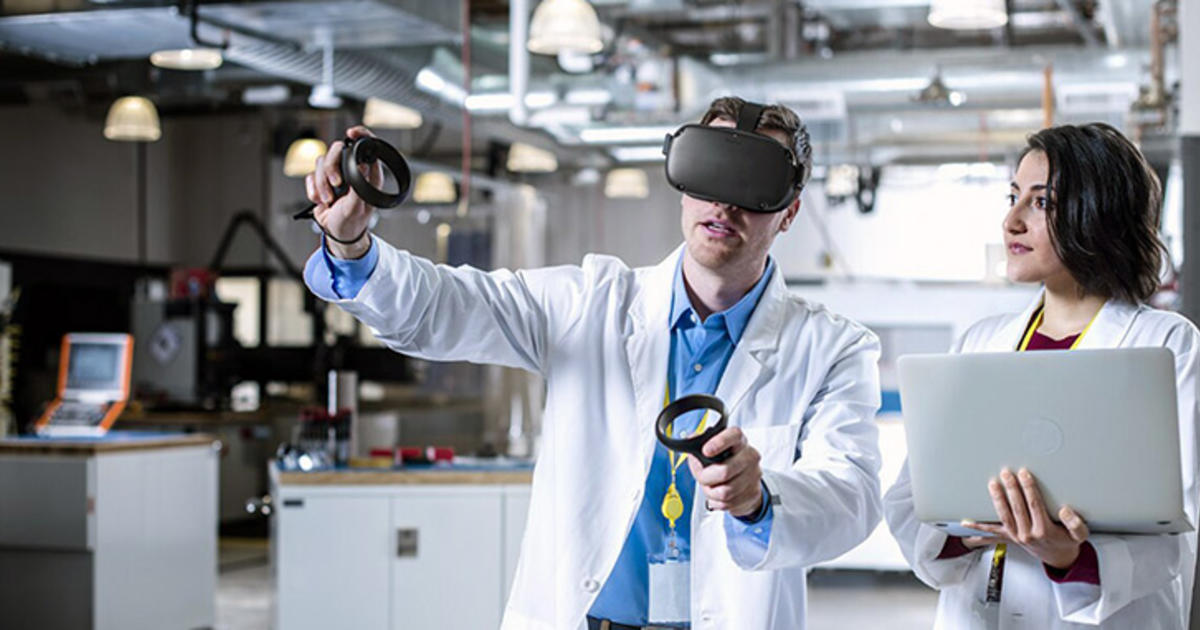
VR offers a myriad of benefits that extend far beyond traditional training methods. Let’s explore these advantages that make it a transformative tool in various industries.
Immersive Learning Experiences
VR provides a level of immersion that textbooks and traditional training methods simply cannot match. With VR, learners are transported to realistic scenarios, where they can interact, practice, and learn by doing. This immersive experience fosters a deep understanding of the subject matter, enabling knowledge retention that exceeds what can be achieved through traditional teaching methods.
The sensory immersion provided by VR means that learners can not only see and hear but can often touch, manipulate, and move within the virtual environment. This multi-sensory approach significantly enhances the retention of information. For instance, a surgeon can practice delicate procedures using VR and not only see and hear the process but also feel the resistance and force feedback, making it a far more realistic and memorable learning experience.
Enhanced Retention and Engagement
Engagement is the key to effective learning. VR captivates learners by making the learning process interactive and enjoyable. This heightened engagement translates to improved knowledge retention and practical application.
Traditional learning methods can often be passive, where information is absorbed through reading or listening. In contrast, VR demands active participation, turning learners into participants in the learning process. This ‘learn by doing’ approach is highly effective because it combines cognitive and motor skills, which is often a superior way to learn. Whether it’s a trainee pilot virtually taking control of an aircraft or a medical student performing virtual surgery, the hands-on nature of VR training enhances engagement and deepens knowledge retention.
Cost Savings in Training Programs
While the initial setup costs for VR can be substantial, they often result in cost savings over time. Traditional training programs can be expensive due to the need for physical equipment, travel, and real-world resources. VR eliminates many of these costs, making it an efficient and cost-effective training solution.
For example, in aviation, training pilots used to involve expensive, full-scale flight simulators and real aircraft. These simulators required a dedicated facility and significant maintenance costs. With VR, these costs are significantly reduced, as trainees can practice on VR headsets or smaller, more cost-effective physical setups.
Accessibility and Inclusivity
VR can bridge geographical gaps, making training accessible to individuals regardless of their location. Additionally, it caters to diverse learning styles, ensuring that people with various needs and preferences can benefit from the technology.
Accessibility is a critical aspect of VR in training. It allows people from different parts of the world to access the same high-quality training experiences. For example, a medical specialist in a remote area can receive training on par with their urban counterparts through VR. Furthermore, VR can be tailored to accommodate individuals with various disabilities. By offering customizable interfaces, it ensures inclusivity in training, enabling people with disabilities to engage fully.
Diverse Fields Utilizing VR Training
VR has made significant inroads into various sectors, revolutionizing the way professionals are trained. Let’s explore some of the industries that have harnessed the potential of VR.
Medical and Healthcare Training
In the medical field, VR has become an invaluable tool for training professionals and students. Two key areas where VR shines are:
Surgical Simulations
Surgeons can practice complex procedures in a risk-free virtual environment, refining their skills and reducing errors in the operating room. These surgical simulations are incredibly realistic, down to the haptic feedback that mimics the sensation of incisions and sutures. Surgeons can practice procedures such as laparoscopic surgery, suturing, and even delicate neurosurgeries, all in the safety of a virtual environment.
Patient Interaction Training
Healthcare providers can learn to communicate effectively with patients, improving the overall patient experience and outcomes. VR allows healthcare students and professionals to interact with virtual patients, honing their communication and empathy skills. These virtual patients can exhibit a wide range of emotions, symptoms, and behaviors, providing a comprehensive training experience.
Military and Defense
The military has long been at the forefront of VR applications, utilizing it for both training and operational purposes. Two vital areas include:
Combat Simulations
Soldiers can experience realistic combat scenarios, enhancing their readiness and decision-making skills. These simulations can mimic various terrains, weather conditions, and enemy tactics. Soldiers can practice individual and team strategies, experience different combat scenarios, and make decisions under pressure, all without real-world risks.
Equipment Operation
Training with VR allows soldiers to familiarize themselves with advanced military equipment, reducing the learning curve and minimizing mistakes in the field. Soldiers can learn to operate tanks, aircraft, and other complex machinery in a safe, controlled virtual environment. This not only enhances safety but also increases operational readiness.
Aviation and Aerospace
Pilots, engineers, and ground crew personnel have embraced VR as a powerful training tool, with a focus on:
Flight Simulators
Pilots can practice flying in various conditions, from routine takeoffs and landings to emergency situations, ensuring their readiness for any scenario. VR flight simulators provide an incredibly realistic experience. Pilots can face challenging weather conditions, mechanical failures, and even emergencies like engine fires. The level of realism in these simulations contributes to better-prepared and more confident pilots.
Maintenance Training
Technicians can troubleshoot and maintain aircraft in a virtual environment, honing their skills without the need for costly physical equipment. This form of training is particularly valuable in the aerospace industry, where the maintenance and repair of complex machinery are critical. VR training allows technicians to diagnose issues, disassemble and reassemble equipment, and conduct routine maintenance without the need for the actual aircraft, which is often costly and time-consuming to take out of service.
Engineering and Manufacturing
The world of engineering and manufacturing relies on precision and innovation. VR training is making strides in:
Prototyping and Design
Engineers can create and test prototypes in a virtual space, reducing the time and resources required for physical testing. VR is a boon for the product design and prototyping phase. It allows engineers to create and test products in a virtual environment, identifying design flaws and potential improvements before physical prototypes are ever built. This not only accelerates the product development process but also reduces waste.
Hazardous Environment Training
Workers can safely learn to operate in high-risk environments without endangering themselves or the environment. In industries where safety is paramount, VR provides a unique training opportunity. Workers can practice operating heavy machinery, handling dangerous chemicals, or navigating dangerous terrain, all in a risk-free virtual environment. This training ensures that employees are well-prepared and confident when facing real-life hazardous situations.
Training for Soft Skills
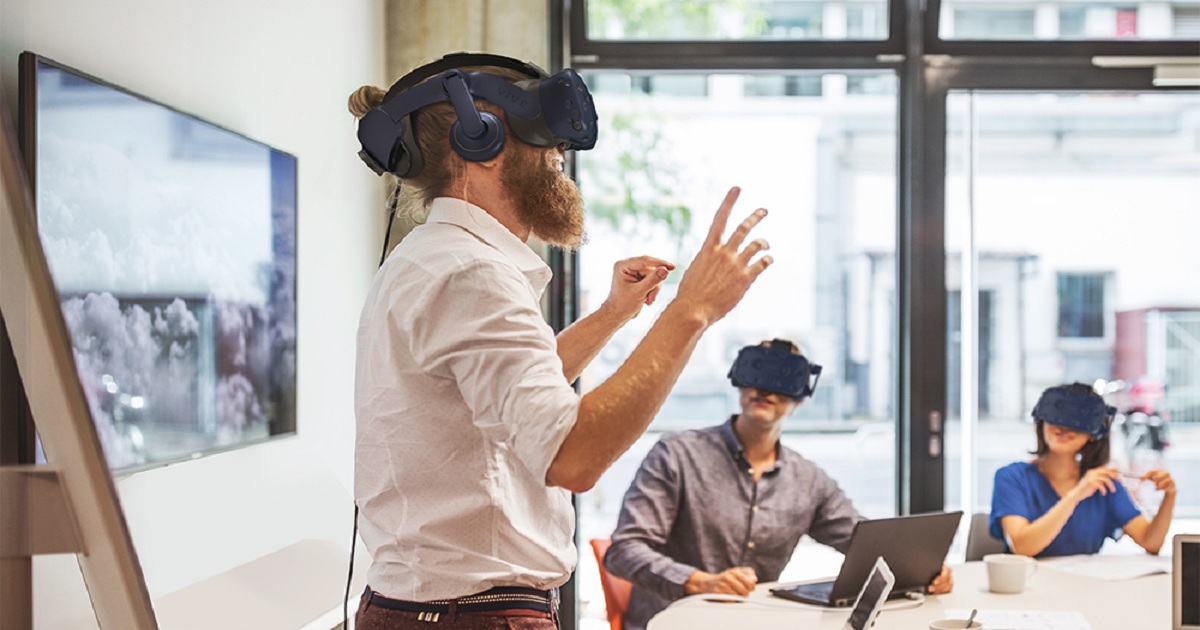
VR isn’t just about technical training; it’s equally adept at teaching soft skills that are crucial in various professions.
Communication and Team Building
Effective communication and teamwork are essential in many industries. VR simulations offer practical scenarios for honing these skills. These simulations often include role-playing, where users interact with virtual colleagues, customers, or team members, requiring them to communicate effectively and collaborate. Whether it’s a business meeting, a medical team working on a patient, or a crisis management scenario, VR can provide a safe space for individuals to practice and improve their interpersonal and teamwork skills.
Leadership Development
Future leaders can practice decision-making, conflict resolution, and strategic thinking in a risk-free environment. Leadership development through VR often involves scenarios where users must make decisions, delegate tasks, and handle conflicts. These experiences allow potential leaders to develop and refine their leadership skills, preparing them for real-world challenges.
Customer Service and Sales
Sales and customer service professionals can rehearse interactions with clients, learning to address their needs and concerns effectively. VR can simulate various customer interactions, from routine sales inquiries to challenging customer complaints. This training enables sales and customer service representatives to sharpen their communication, product knowledge, and problem-solving skills.
Conflict Resolution and Stress Management
VR training can help individuals develop resilience, conflict resolution strategies, and the ability to manage stress in high-pressure situations. Conflict resolution scenarios in VR can range from workplace disputes to international diplomacy negotiations. Users can practice managing emotions, finding common ground, and resolving conflicts. Stress management scenarios help individuals learn to cope with stressful situations, from emergency response to public speaking.
Real-Life Applications in Everyday Jobs
The application of VR extends beyond specialized fields. It’s infiltrating everyday jobs, making training more effective and engaging.
Customer Service Representatives
For customer service representatives, VR provides training scenarios to handle difficult customers, address concerns, and provide exceptional service.
Handling Difficult Customers
VR scenarios can simulate irate customers, allowing representatives to practice de-escalation techniques and conflict resolution. Customer service representatives can learn to remain calm under pressure, empathize with upset customers, and find effective solutions to their problems. This practical training significantly improves the quality of customer service.
Product Knowledge Training
Product knowledge is paramount in sales and customer service. VR aids in product training, ensuring representatives have in-depth knowledge to assist customers effectively. In VR, product knowledge training often involves interactive product exploration, where representatives can virtually handle and examine products. They can learn about features, benefits, and use cases in a dynamic, engaging way.
Teachers and Educators
VR is transforming education, especially in the following areas:
Classroom Management
Educators can practice classroom management techniques and experiment with innovative teaching methods in a virtual classroom environment. This type of training is particularly beneficial for new teachers who may not have had practical classroom experience. VR allows them to practice managing a class, addressing behavioral issues, and delivering engaging lessons in a controlled, risk-free environment.
Special Needs Education
VR provides a supportive platform for educators to develop skills for teaching students with special needs, fostering inclusivity in education. Inclusive education is a critical focus in many countries. VR enables teachers to learn about the unique needs of students with disabilities and practice teaching techniques that ensure all students can access and benefit from the curriculum. Teachers can learn to adapt their teaching style, materials, and assessments to cater to diverse abilities.
Law Enforcement
Police officers and investigators benefit from VR training in two key areas:
De-escalation Techniques
VR scenarios prepare officers to de-escalate tense situations, reducing the risk of violent confrontations. De-escalation training is critical for law enforcement. VR offers a safe space for officers to practice verbal and non-lethal de-escalation techniques in realistic scenarios. They can learn to communicate effectively, manage stress, and make decisions that reduce the potential for violence.
Crime Scene Investigation Training
Investigators can practice evidence collection and crime scene analysis in a controlled, detailed virtual environment. Crime scene investigation is a highly specialized skill. VR enables investigators to practice evidence collection, documentation, and analysis in various scenarios. They can learn to identify and collect evidence, preserve the integrity of the crime scene, and ensure that evidence is admissible in court.
Challenges in Implementing VR Training
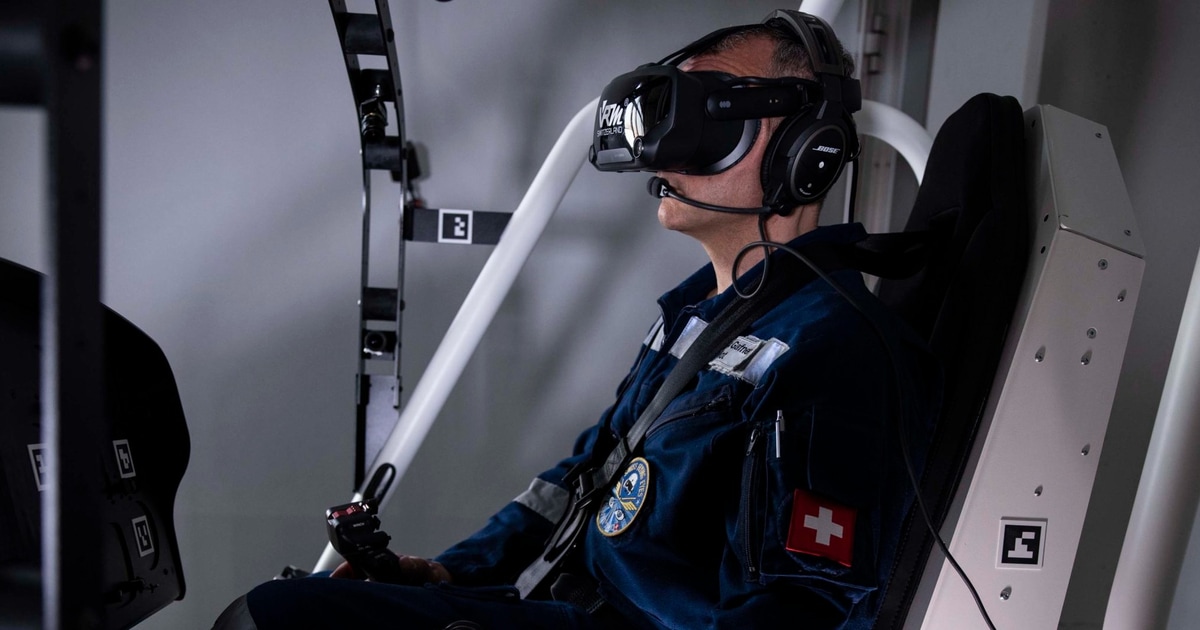
While VR holds immense promise, its implementation comes with its set of challenges that need to be addressed.
Initial Costs and Infrastructure
Establishing VR training programs can be expensive, and it requires dedicated hardware and software infrastructure. VR headsets, computers, and specialized software can be costly. Setting up a VR training program also demands a space for training and support personnel to maintain the equipment. Overcoming the initial cost barrier can be a challenge for organizations, particularly small businesses and educational institutions.
Content Development
Creating high-quality, effective VR training content is a specialized skill and can be time-consuming. Content development for VR is different from traditional e-learning or in-person training. It requires a team of professionals, including instructional designers, 3D artists, programmers, and subject matter experts. Developing realistic, engaging, and effective VR content is a complex process. The shortage of skilled content developers can be a significant challenge.
Adaptation to Different Learning Styles
Not all learners respond equally to VR training. Adapting content to cater to diverse learning styles is essential for success. People have different learning preferences, and not everyone thrives in a VR environment. Some learners may struggle with motion sickness in VR, while others may have difficulty grasping concepts presented in a 3D space. Accommodating these diverse learning styles and preferences is a challenge that training programs must address.
Data Security and Privacy Concerns
Collecting and managing sensitive user data in VR environments raises legitimate concerns about privacy and security. VR training often involves the collection of user data, such as performance metrics, behavior in the virtual environment, and even biometric data in some cases. Ensuring the security and privacy of this data is paramount. Organizations must implement robust data security measures and comply with privacy regulations to mitigate these concerns.
Measuring the Effectiveness of VR Training
To justify the investment in VR training, it’s crucial to assess its impact and success. This involves various approaches and tools.
Learning Analytics
Collecting and analyzing data on learner behavior, progress, and performance is essential to fine-tune VR training programs. Learning analytics in VR go beyond traditional assessments and surveys. VR environments capture a wealth of data, such as where users focus their attention, how they interact with objects, and how they move within the virtual space. Analyzing this data provides insights into how users learn and where improvements can be made.
Assessment Tools
Developing effective assessment methods within VR environments ensures that learners are meeting the required learning objectives. Assessments in VR can take various forms, from practical simulations that test specific skills to knowledge-based quizzes. These assessments are integrated into the virtual training environment, allowing for immediate feedback and tailored instruction based on user performance.
Case Studies and Success Stories
Sharing real-world examples of VR training success can inspire organizations to adopt the technology and demonstrate its benefits. Case studies and success stories serve as powerful tools for showcasing the positive impact of VR training. By sharing experiences of organizations or individuals who have benefited from VR training, others can gain insights into its practical application and effectiveness.
Future Trends and Innovations
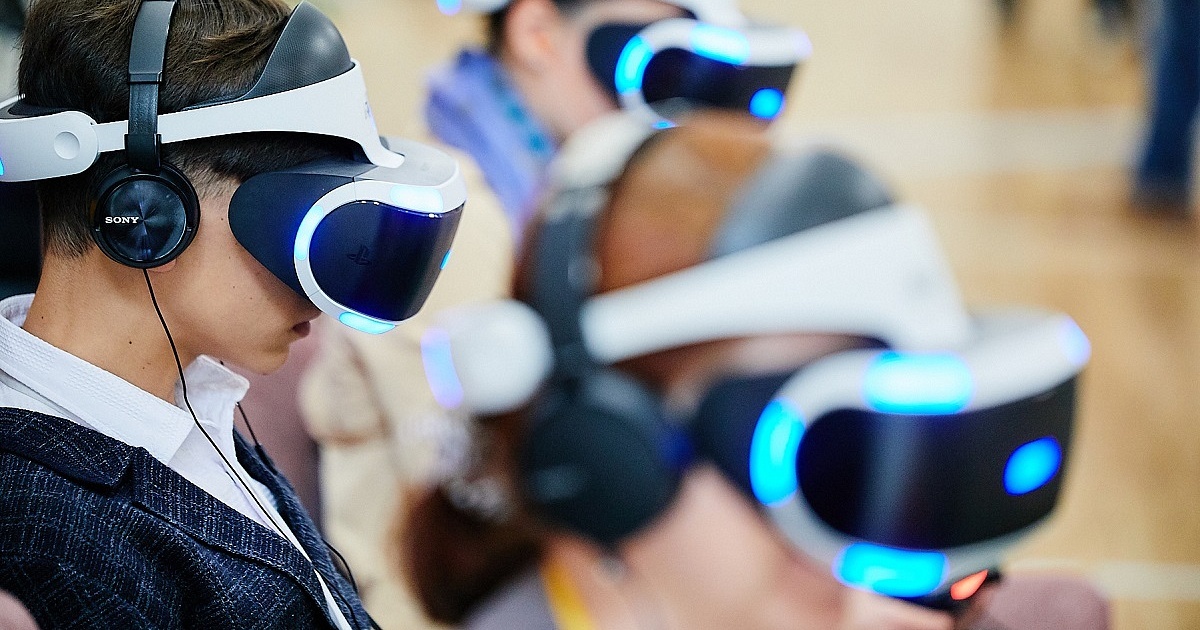
The world of VR is ever-evolving. Here are some exciting trends and innovations on the horizon.
Mixed Reality Integration
The merging of VR with augmented reality (AR) to create mixed reality environments offers even more immersive and practical training experiences. Mixed reality takes the best of both worlds: the fully immersive experience of VR and the interaction with the real environment enabled by AR. Users can experience training scenarios that seamlessly blend the virtual and physical worlds. For instance, maintenance technicians can use mixed reality headsets to overlay virtual repair instructions onto physical equipment.
AI and Machine Learning in VR Training
Intelligent systems can personalize training content, adapting it to individual learners and maximizing its effectiveness. AI and machine learning are making VR training smarter. These technologies can analyze user behavior, track progress, and adapt training content in real-time. For example, if a user is struggling with a particular concept, the VR system can provide additional explanations or exercises to reinforce understanding.
Customization and Personalized Learning Paths
VR training will become increasingly tailored to the unique needs and abilities of each learner, ensuring optimal outcomes. Personalization in VR training is a game-changer. It allows individuals to progress at their own pace and receive content that is relevant to their specific needs. Personalized learning paths can cater to different skill levels, learning styles, and objectives, making training more effective and efficient.
Addressing Ethical and Safety Concerns
As VR becomes more prevalent, it’s essential to address ethical and safety concerns associated with its use.
Ensuring Inclusivity
Efforts must be made to ensure that VR training is accessible and beneficial to everyone, regardless of physical or cognitive abilities. VR should not exclude individuals with disabilities. Ensuring inclusivity means developing accessible VR interfaces, offering support for assistive technologies, and providing alternative training methods for those who cannot use VR. It’s a matter of fairness and equal access to training opportunities.
Preventing VR Addiction
Excessive use of VR can lead to addiction and potential health issues. Guidelines and safeguards are needed. VR can be highly immersive, to the point that some users may become addicted or experience adverse health effects. Implementing guidelines and safety features within VR platforms is essential. This can include setting usage limits, monitoring user well-being, and providing clear information on the potential risks of excessive VR use.
Psychological Impacts and Safeguards
VR’s influence on mental health and well-being, both positive and negative, should be studied and appropriate safeguards developed. VR can evoke strong emotional reactions and even trigger phobias or anxiety in some users. Research on the psychological impacts of VR is ongoing, and safeguards are needed to ensure that users are not subjected to undue stress or discomfort. VR content should be designed with sensitivity to potential psychological effects.
The Role of VR in Remote Work and Telecommuting
In an increasingly remote work-oriented world, VR has a significant role to play in shaping the future of work.
Virtual Office Spaces
Virtual offices allow remote workers to collaborate and communicate as if they were in a physical office, fostering team cohesion. Virtual office spaces are a response to the growing trend of remote work. They provide a digital environment where remote team members can interact as if they were in the same physical location. Team meetings, collaborative workspaces, and even virtual water cooler chats are all part of the virtual office experience. This fosters team cohesion and helps remote workers feel more connected.
Collaboration and Training for Remote Teams
Remote teams can engage in team-building exercises and receive training without being physically present. Team-building exercises in VR can be particularly effective in building trust and camaraderie among remote team members. VR team-building activities often involve solving puzzles, completing challenges, or participating in team sports in a virtual environment. These experiences create shared memories and strengthen the bonds between team members.
Addressing Loneliness and Isolation
VR can combat the feelings of loneliness and isolation that some remote workers experience by creating a sense of presence and connection. Loneliness and isolation are common challenges for remote workers. VR provides a solution by creating a sense of presence and connection. In a virtual environment, remote workers can interact with colleagues, friends, or family members, as if they were in the same physical space. This not only combats loneliness but also contributes to better mental health and overall well-being.
Conclusion
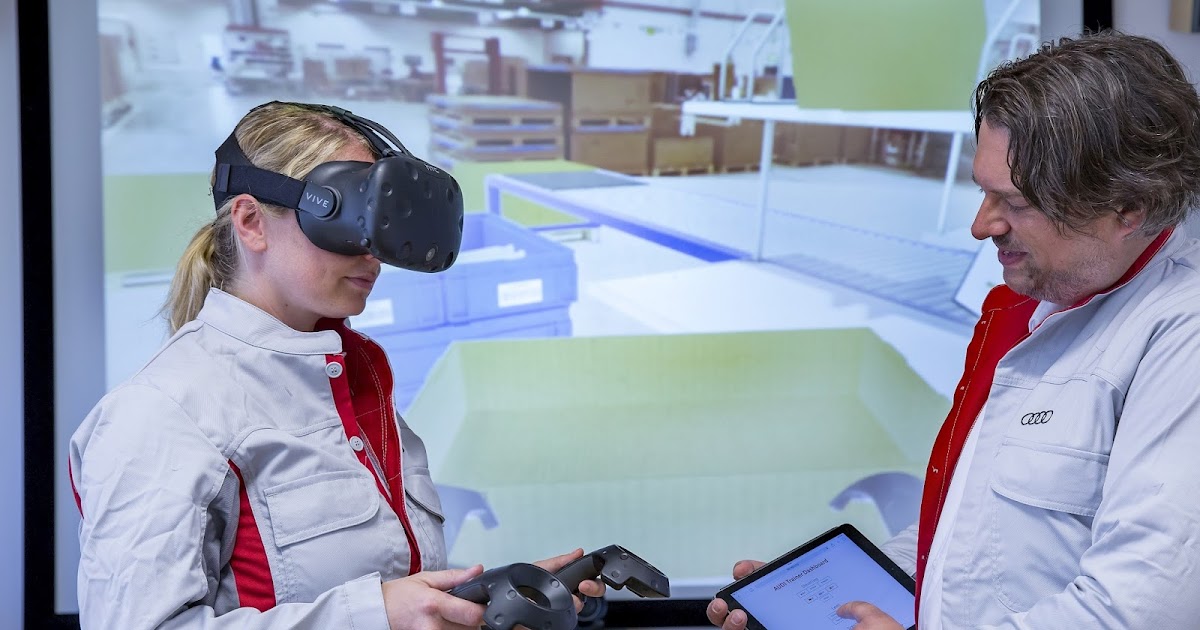
In conclusion, the transformative potential of VR in training and simulations is vast. It transcends traditional boundaries, revolutionizing the way individuals and professionals learn and develop their skills. As the technology continues to evolve, we are on the brink of witnessing even more remarkable advancements in the realm of VR. The ongoing evolution of VR technology promises a future where learning knows no bounds. The potential applications of VR in training and simulations are limited only by our imagination, and as technology continues to progress, its impact on education, training, and the workplace will be profound. With VR, we have the opportunity to push the boundaries of what is possible and shape a future where immersive learning experiences are the norm. The journey has only just begun, and the possibilities are endless. As VR continues to transform training and simulations, we can expect to see more industries and individuals benefiting from this groundbreaking technology, making learning not just effective but also enjoyable and memorable.
FAQ
What exactly is Virtual Reality (VR), and how does it work in the context of training and simulations?
Virtual Reality (VR) is a technology that immerses users in computer-generated, interactive 3D environments. In training and simulations, VR typically involves the use of VR headsets that provide a 360-degree visual and auditory experience. Users can interact with this virtual environment through specialized controllers or even with their natural movements.
What are the key benefits of using VR in training, particularly when compared to traditional training methods?
VR offers several advantages, including immersive learning experiences, enhanced retention and engagement, cost savings due to reduced reliance on physical resources, and improved accessibility and inclusivity. VR’s hands-on, interactive nature provides a deeper understanding of subject matter.
Can you provide examples of industries that have successfully incorporated VR into their training programs?
Certainly. VR is used in the medical and healthcare sector for surgical simulations and patient interaction training. In the military and defense, it’s employed for combat simulations and equipment operation. Aviation and aerospace rely on VR for flight simulators and maintenance training, and the engineering and manufacturing industry utilizes it for prototyping and hazardous environment training.
How does VR address the training of soft skills, such as communication and conflict resolution?
VR can create realistic scenarios that require individuals to practice soft skills. For example, in communication training, users may engage with virtual customers or colleagues, honing their abilities to communicate effectively. Conflict resolution scenarios involve handling disputes or challenges, providing valuable practice in a safe environment.
What challenges are associated with implementing VR training programs, and how can they be mitigated?
Challenges include initial costs, content development, adapting to different learning styles, and data security concerns. Organizations can mitigate these challenges by carefully budgeting for VR implementation, partnering with experienced content developers, creating diverse training modules, and prioritizing data security.
How can organizations measure the effectiveness of VR training programs to ensure a return on investment?
Organizations can measure effectiveness through learning analytics, which collect and analyze data on user behavior and performance. Assessment tools within VR environments provide immediate feedback on user progress, while case studies and success stories offer real-world examples of VR training success.
What are some future trends and innovations in the field of VR training?
Future trends include the integration of mixed reality, where VR and augmented reality (AR) combine for more immersive training experiences. AI and machine learning will personalize VR training, and customization of learning paths will cater to individual needs and abilities.
How does VR training address ethical concerns, such as inclusivity and privacy?
Ensuring inclusivity involves developing accessible VR interfaces and alternative training methods for individuals with disabilities. Privacy concerns are addressed through robust data security measures and compliance with privacy regulations.
What are the potential psychological impacts of using VR, and how can they be safeguarded against?
VR can evoke strong emotions and, in some cases, trigger anxiety or phobias. To safeguard against these effects, VR content should be designed with sensitivity to potential psychological impacts, and guidelines should be implemented to prevent excessive VR use.
How is VR shaping the future of remote work and telecommuting?
VR is enabling virtual office spaces that promote collaboration among remote workers. It’s also used for team-building exercises and addressing feelings of loneliness and isolation by creating a sense of presence and connection. VR is revolutionizing the remote work experience by making it more interactive and engaging.
In our earlier section on the “The Future of Medicine: How VR is Transforming Healthcare“, we discussed the cost savings that VR can bring to training programs. This insightful article offers practical tips and strategies for making the most of your training investments while harnessing the power of VR. By exploring this resource, you’ll gain valuable insights into the financial advantages of incorporating VR into your training programs.
For a broader perspective on the revolutionary impact of VR technology, you might want to explore a high-authority blog in the field of virtual reality. One such notable resource is Medium, which consistently provides up-to-date information on the latest VR trends, applications, and success stories.




Respostas de 2